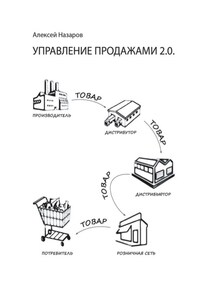More than 70 (76) tools are considered in practice in the book:
* Google Cloud Platform, Amazone WEB Services, Microsoft Azure;
* console utilities: cat, sed, NPM, node, exit, curl, kill, Dockerd, ps, sudo, grep, git, cd, mkdir, rm, rmdir, mongos, Python, df, eval, ip, mongo, netstat, oc, pgrep, ping, pip, pstree, systemctl, top, uname, VirtualBox, which, sleep, wget, tar, unzip, ls, virsh, egrep, cp, mv, chmod, ifconfig, kvm, minishift;
* standard tools: NGINX, MinIO, HAProxy, Docker, Consul, Vagrant, Ansible, kvm;
* DevOps tools: Jenkins, GitLab CI, BASH, PHP, Micro Kubernetes, kubectl, Velero, Helm, "http load testing";
* cloud Traefic, Kubernetes, Envoy, Istio, OpenShift, OKD, Rancher ,;
* several programming languages: PHP, NodeJS, Python, Golang.
Infrastructure development history
Limoncelli (author of "The Practice of Cloud System Administration"), who worked for a long time at Google Inc, believes that 2010 is the year of transition from the era of the traditional Internet to the era of cloud computing.
* 1985-1994 – the time of mainframes (large computers) and intra-corporate data exchange, in which you can easily plan the load
* 1995-2000 – the era of the emergence of Internet companies,
* 2000-2003
* 2003-2010
* 2010-2019
The increase in the productivity of a separate machine is less than the increase in cost, for example, an increase in productivity by 2 times leads to an increase in cost significantly more than 2 times. At the same time, each subsequent increase in productivity is much more expensive. Consequently, each new user was more expensive.
Later, in the period 2000-2003, an ecosystem was able to form, providing a fundamentally different approach:
* the emergence of distributed computing;
* the emergence of low-power mass equipment;
* maturation of OpenSource solutions, allowing you to install software on multiple machines, not bundled with a processor license;
* maturation of telecommunication infrastructure;
* increasing reliability due to the distribution of points of failure;
* the ability to increase performance if needed in the future by adding new components.
The next stage was unification, which was most pronounced in 2003-2010:
* providing in the data center not a place in the closet (power-location), but already unified hardware purchased in bulk for the whole cent;







